Over 50? These 5 Moves Keep Your Body Young and Strong
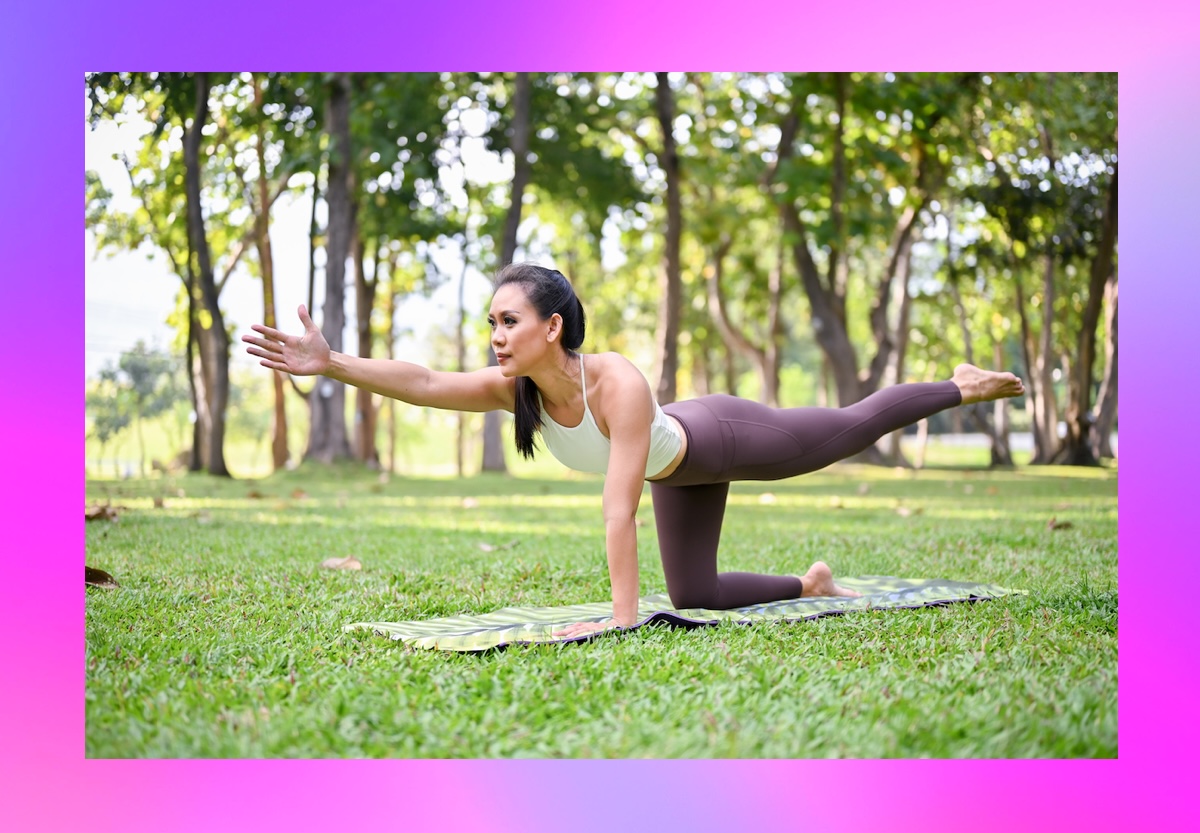
As we age, staying active becomes more important than ever. Maintaining strength, flexibility, and balance will help prevent injuries, improve daily function, and enhance your overall quality of life. But working out doesn't need to involve complicated movements. In fact, these simple bodyweight movements can help anyone stay in shape, regardless of age. As a personal trainer, I recommend these five moves because they address key areas of fitness for staying young as you age: strength, stability, and mobility.
The best part is that these exercises are easy to perform at home or in the gym, require little to no equipment, and take just a few minutes each day. By incorporating them into your regular routine, you'll build a solid foundation for continued health and vitality. Plus, you can adjust the difficulty of each movement as you get stronger. Don't worry, if you're just starting out or haven't worked out in a while, each exercise can also be modified to fit your fitness level.
These five moves not only promote muscle strength but also improve posture, balance, and flexibility. Aim for at least 10-15 minutes a day, and you'll start feeling and seeing the benefits in no time. Let's dive in!
Wall Push-ups
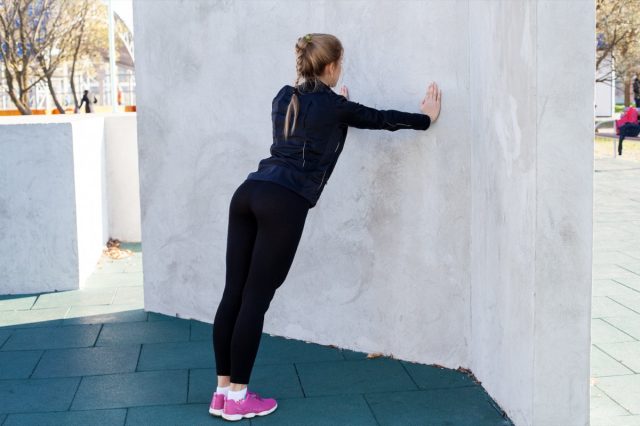
Push-ups are an excellent upper body exercise, but if traditional push-ups are too challenging, wall push-ups provide a fantastic modification. Wall push-ups help strengthen your arms, shoulders, and chest without putting too much strain on your joints. They're an effective way to build upper body strength, and they also engage your core for added stability. This move is great for anyone over 50 looking to maintain or improve their upper body strength.
How to do it:
- Stand facing a wall with your feet about shoulder-width apart.
- Place your hands on the wall, slightly wider than shoulder-width.
- Keep your body straight and lower your chest toward the wall by bending your elbows.
- Push through your palms to return to the starting position.
- Repeat for the desired number of reps.
Why it works: Wall push-ups engage your upper body muscles while being easy on the joints, especially the wrists and shoulders.
Bird-Dog
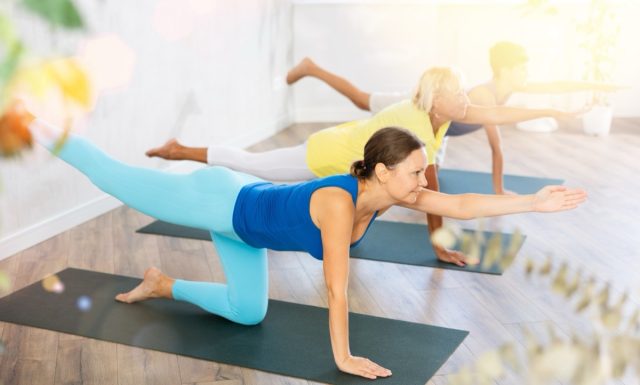
The bird-dog exercise is excellent for building core strength and improving balance. It engages your abs, lower back, glutes, and shoulders, making it a full-body movement. For individuals over 50, bird-dogs help with coordination, stability, and posture, which will help in preventing falls and maintaining mobility. This exercise can be performed on the floor or on an exercise mat for added comfort.
How to do it:
- Start in a tabletop position with your hands directly under your shoulders and knees under your hips.
- Slowly extend your right arm forward while simultaneously extending your left leg backward.
- Hold this position for a brief moment, making sure to engage your core to maintain stability.
- Return to the starting position and repeat with the opposite arm and leg.
- Continue alternating sides for the desired number of reps.
Why it works: This exercise builds a strong and stable core, leading to strength, stability, and injury prevention.
Lateral Leg Raises
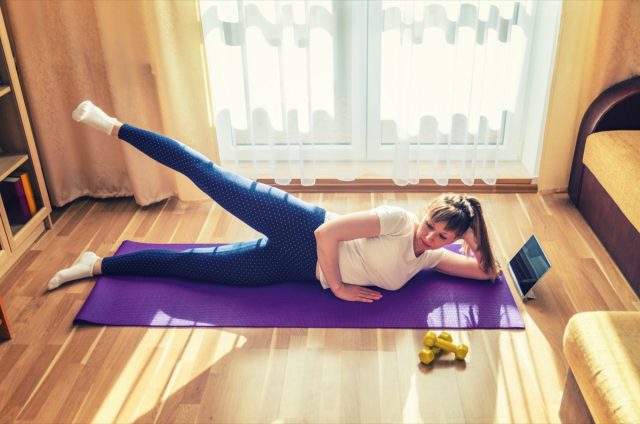
Lateral leg raises strengthen the hip abductors, which help maintain balance and stability as we age. This move targets the outer thighs and glutes, improving lower body strength and flexibility. For individuals over 50, maintaining strong hip muscles is crucial for preventing falls and supporting proper walking mechanics.
How to do it:
- Lie on your side with your legs stacked and straight, and your head resting on your arm.
- Keep your bottom leg bent for support and your top leg straight.
- Slowly raise your top leg toward the ceiling, keeping your hips stable.
- Lower the leg back down without letting it touch the bottom leg.
- Repeat for the desired number of reps, then switch sides.
Why it works: Lateral leg raises strengthen the hip muscles and improve balance, both of which are essential for daily activities and fall prevention.
Standing Marches
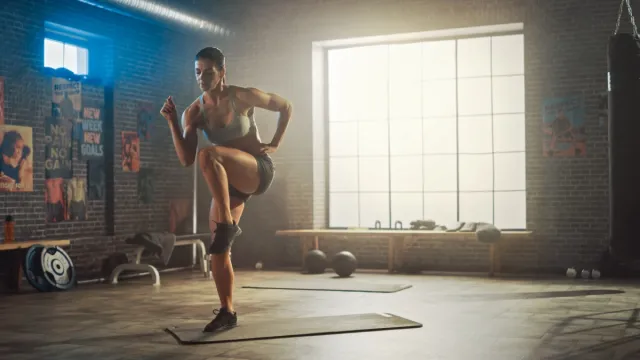
Standing marches are a low-impact exercise that targets the hip flexors, quads, and core while also improving coordination and balance. This exercise mimics the natural walking motion, making it an excellent choice for improving lower body strength and overall functionality. It's also great for anyone looking to enhance their posture and body awareness as they age.
How to do it:
- Stand tall with your feet hip-width apart and your arms at your sides.
- Engage your core and lift your right knee toward your chest.
- As you lower the right leg, lift your left knee toward your chest in a marching motion.
- Keep alternating sides in a steady, controlled pace.
- Repeat for the desired number of reps.
Why it works: Standing marches improve lower body strength and coordination, while also supporting balance and posture.
Seated Knee Extensions
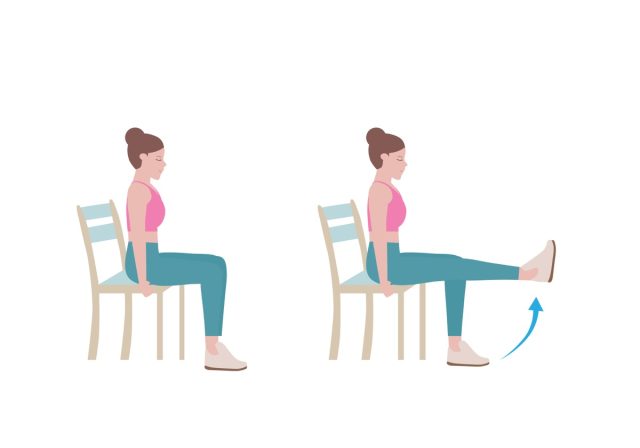
Seated knee extensions target the quadriceps (the muscles at the front of your thighs) and improve knee stability. For those over 50, strengthening the quads can help support healthy knees, reduce stiffness, and improve mobility. This exercise is also a great option for people who may have joint issues or prefer a low-impact movement.
How to do it:
- Sit on a chair with your feet flat on the floor and your knees bent at a 90-degree angle.
- Slowly extend your right leg until it is straight, keeping your foot flexed.
- Hold for a second at the top, then lower the leg back down.
- Repeat for the desired number of reps, then switch to the left leg.
- Continue alternating legs as needed.
Why it works: Seated knee extensions strengthen the quads and support knee health, which is especially important for maintaining mobility and reducing discomfort in the knees









